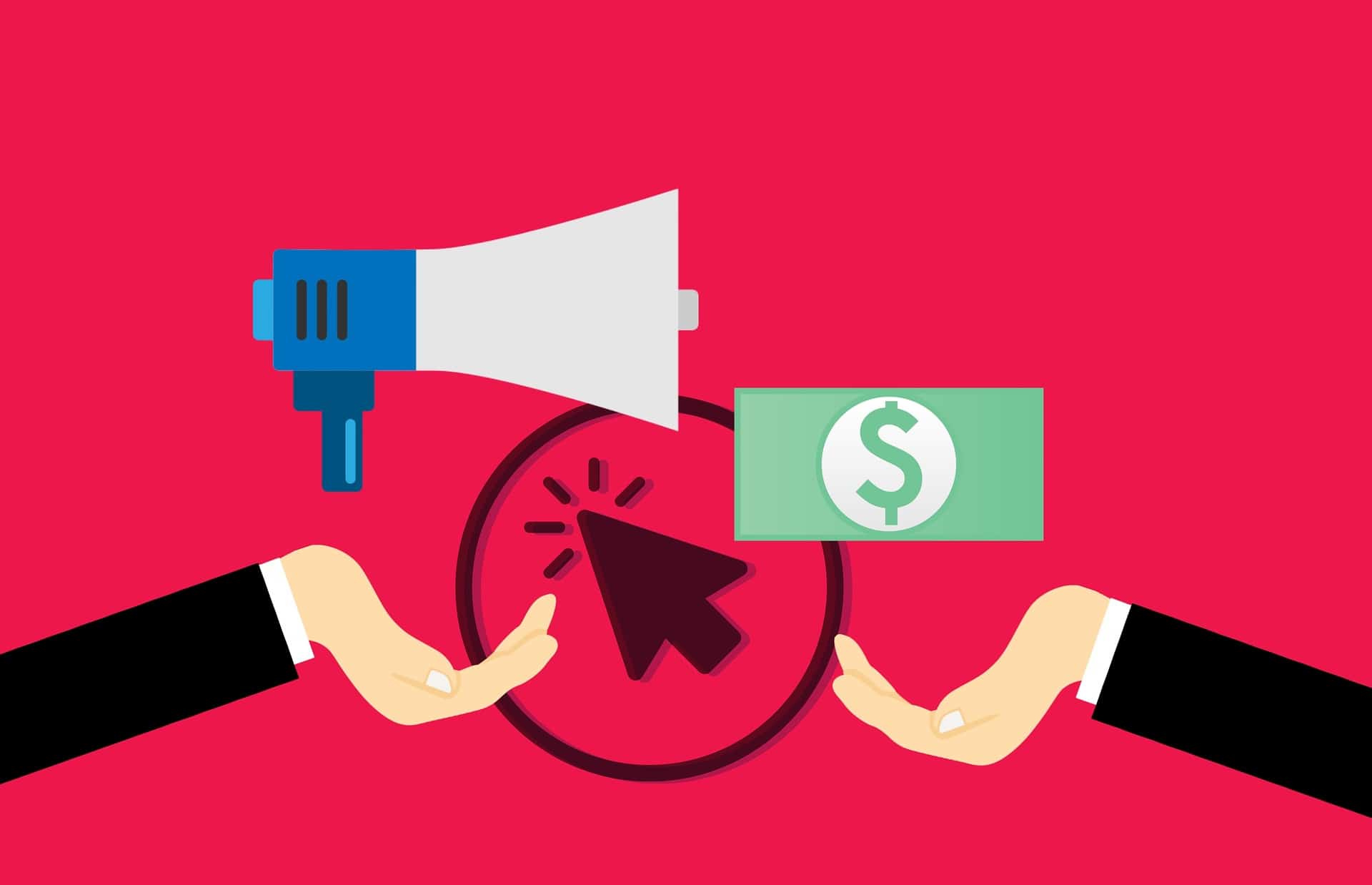
The 7 Conversion-Centered Design Principles for Email Marketing

Introduction
Email subscribers are attracted by dynamic emails that are straightforward, concise, and engaging. Basic layout, calls to action, images, design grids, and responsive design that is friendly to all devices play a part in enabling your audience to develop a connection with your brand. To boost conversion rates, marketers must realize what consumers are seeking and understand the way email design contributes to the consumers' needs being satisfied. These are part of the seven Conversion-Centered Design Principles.
1. Attention
First, attract your readers' attention to your email message and target your message to one goal. When there are too many options, this can result in customer confusion and abandoned shopping carts.
There are several types of popular email design grids that help grab readers' attention. One is an inverted pyramid design, which will help you guide readers into content engagement by shifting their focus to the most important content. A bold headline to summarize your message, along with supporting copy and images, will encourage readers to respond to your Call to Action (CTA). A second popular email design grid contains an eye-pleasing and functional zig-zag layout. This angular design can be accomplished by color blocking or imagery, guiding the reader step-by-step through the email. Besides making a beautiful layout, each section of the message is simplified and has easier readability.
2. Context
Persuade the reader to learn more by doing an action, for example, by clicking a CTA button. Your email content, part of a conversion funnel, should have a contextual flow. What your email ad offers your audience should seamlessly segue into the CTA landing page to continue the message you started.
Make your CTA stand out with proper color and placement. Each email should include a CTA button to show readers the next step for engaging with your brand. Implementing a button rather than a plain hyperlink can result in up to a 28% conversion boost. Such as a "Buy Now" button to direct the subscriber to your eCommerce site or a "Learn More" button link that directs to an informative blog post. A CTA is the best method for measuring and increasing lead conversions.
3. Clarity
Detail the value you're providing in this campaign and why it's valuable to your reader.
Your email message should have a simple layout with minimal distraction while still being visually appealing. Make use of whitespace and contrasting colors to make your CTA stand out. For emails with multiple parts of information, each part should be divided to encourage readers to continue reading your message. Your message should precede your company name and logo.
4. Congruence
Use a combination of colors, contemporary images, fonts, and graphics that are attention-grabbing and compatible with your brand. Ensure your email message is consistent with your brand's voice and message, with all components working together to accomplish your conversion goal. Avoid negative words and any conflicting information that would hinder meeting your target audience's needs.
Your layout should also be mobile-friendly. Over 60% of email is opened on mobile devices. As a result, responsive mobile design for both email and websites is crucial to generate conversions. The email should be free from clutter and reading as effortless on mobile devices as it is on non-mobile. Likewise, the website that is linked from your CTA should be equally optimized for mobile.
5. Credibility
Display social proof, such as client testimonials, reviews, or ratings. Customers value a brand's honesty and want a brand's message to make them feel included and understood.
6. Closing
Take advantage of your Call to Action impact. Make your audience see why their immediate action is necessary. By limiting their time to make a decision, you can drive shoppers to take immediate action.
7. Continuance
Once the consumer has clicked on the CTA, you can also offer add-ons during checkout. After the conversion, consider the next stage by continuing to give value to the consumer. Follow-up and feedback request emails encourage repeat sales. Find ways to gain more conversion through customer referrals, such as friends in their social media accounts.
Conclusion
There's no single one-size-fits-all formula to these seven principles. They only serve as a guideline. To discover what works for you, keep detailed track of each campaign's results and use A/B testing to find the best email marketing tactics for your campaigns.
Let's bring the spotlight to your business today.
From brainstorming to implementation, AnoLogix has successfully designed, created, developed and implemented websites for people and businesses since 2000.
With AnoLogix your business can skyrocket. Do you want to learn how we can help?
or call us for a FREE consultation at (904) 807-8961